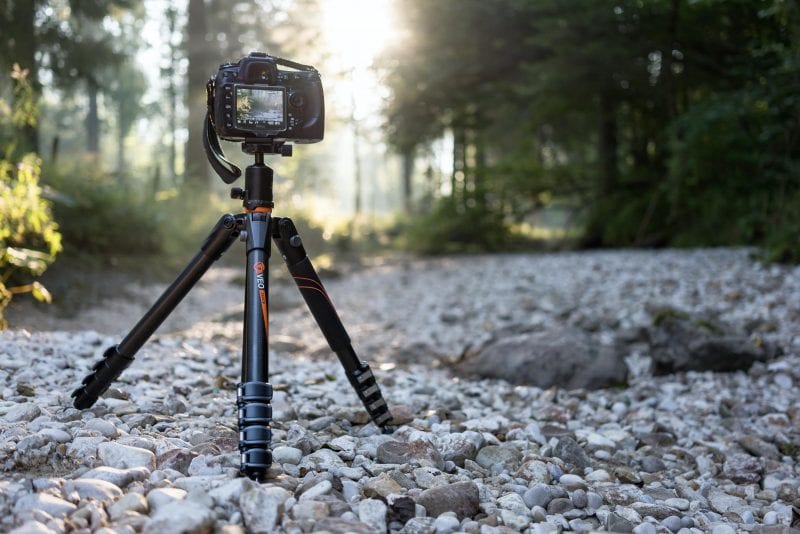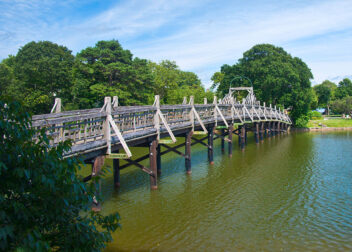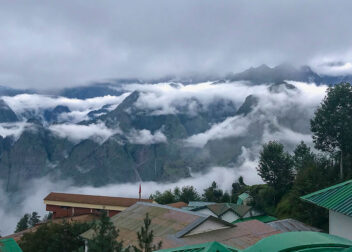Taking better photos when backpacking
Taking a good picture when you’re travelling around isn’t rocket science, and you don’t need to be magic with a camera, you don’t even need to be creative really because today’s modern cameras take away a lot of the work of making a decent photo. All you need to remember really, are a few simple tricks before you click to take your photo.
Simplify
It’s easy to forget to notice what’s going on around the edges of your subject, and a mistake many people make is to forget to zoom in to remove the bits you don’t want to see. Check not just the centre of your viewfinder, but take a look around the edge, do you need to zoom some more, and if you change the angle a bit do you get rid of the garbage can you don’t want to see. You could wait and crop later, but if you do that, you end up with either a tiny picture or a larger one that’s at a lower overall resolution, so don’t waste pixels, zoom in when you’re taking the shot.
Compose
A good picture will convey a message rather than just show an image. It will convey because of the composition that you choose.
In other words, you don’t just want a picture that says ‘Here is the Acropolis in Greece’. You want one that says ‘Here is the Greek Acropolis, with the hot sun glinting off its an incredible structure, and the storm clouds building in the background’.
To do this, you need to compose your picture and create a frame within which we see what we want to see. The clouds and the sunshine will help to frame it, and the landscape around it will also do this. Think about whether you want your picture dead centre to draw the eye directly to it, or if you want to set it off centre so that the eye is drawn around the picture to see the whole thing. It’s a bit like the way gardeners draw your eye around a garden with curved paths and planting that’s not dead straight.
It’s worth remembering the law of thirds – life is given to a photograph or drawing when the focal object is placed at a point that splits the picture into 1/3 and 2/3rds. This can be left/right, or above/below.
Patterns are also important in a photograph, it can be a line of trees, or the curve of a river, or the furrows in a ploughed field, they’ll all help to create a stronger image, particularly if you get diagonal lines as well as they will help to lead the eye. Natural frames work well also. It can be the break in a stone wall or taking the picture through an open window, or between two buildings.
Lighting
The film is much more sensitive to UV light than our eyes are, so on a slightly hazy day where there’s a lot of UV light you might see the sky as nice and light blue, but the camera won’t. It’ll look very white and drab. Remedy this by taking pictures at different times of the day, or from angles that don’t show much sky, or find something to frame against the blank whiteness..a tree, or a building.
Size
changing your angle can change the perspective and apparent size of an object. Make it seem bigger, bolder and more imposing, or smaller and more part of the overall landscape.
Overall it’s about thinking a little before you click the shutter on your camera. You’ll find there’s a lot of great travel pictures to be had, just by slowing down, focusing and thinking about these simple things before you start.



